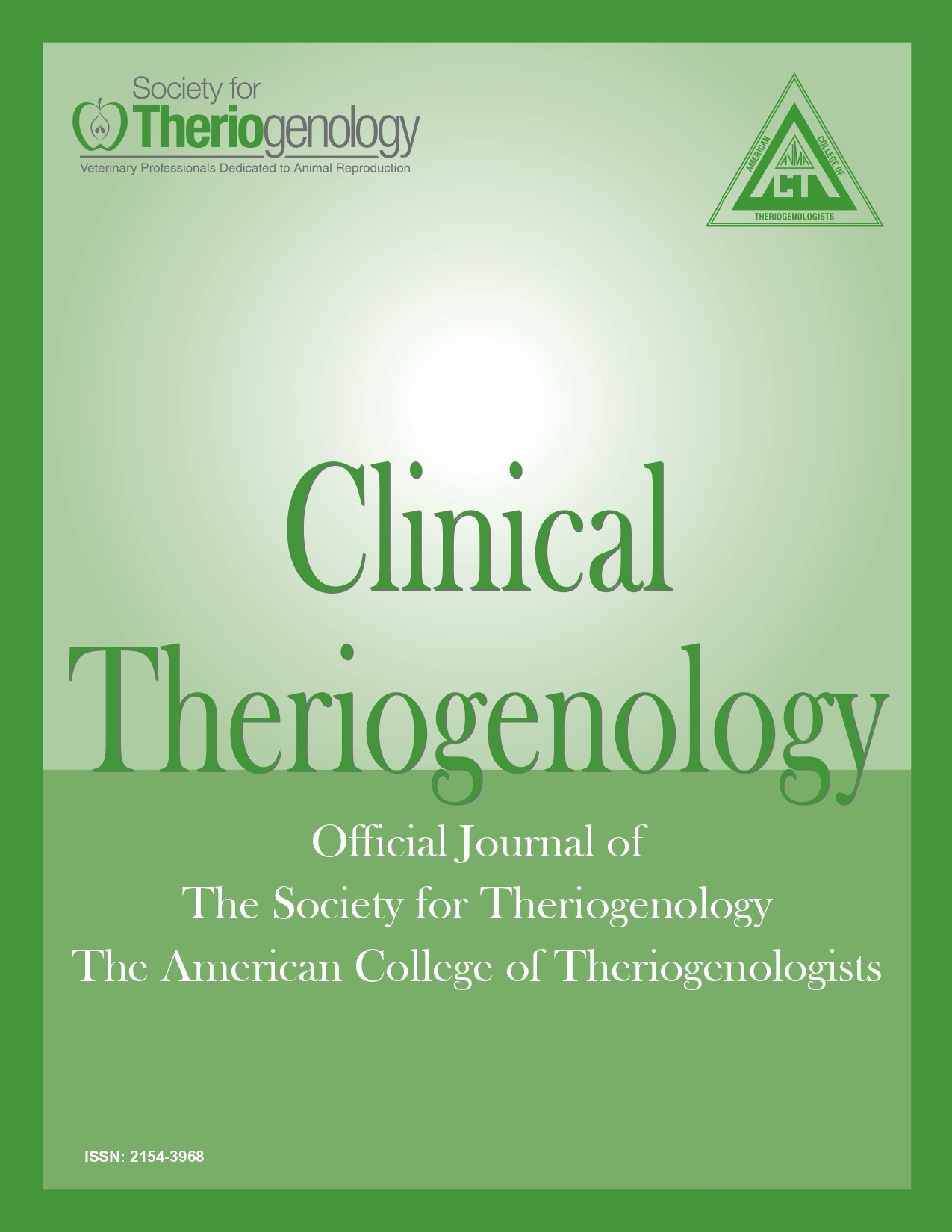Reproductive microbiome alterations: canine pyometra
Abstract
Pyometra is a life-threatening uterine infection that affects 20 - 25% of reproductively intact bitches. Canine pyometra is characterized by accumulation of leukocytes and exudate within the uterine lumen. Although exact temporal and progressive mechanisms underlying its pathogenesis are not fully understood, a combination of endocrine, structural, inflammatory and bacterial factors are likely involved in most cases. Pyometra develops during luteal phase; progesterone has a key role in establishment of infection with opportunistic bacteria. Cystic endometrial hyperplasia results from proliferation of endometrial glands and is a predisposing factor for development of pyometra. Endometrial proliferation factors exacerbate uterine innate immune responses. Whereas Escherichia coli is the most common organism isolated in up to 90% of cases with a positive culture, genes encoding for adhesins, toxins, and other factors increase virulence of certain strains. A presumptive diagnosis of pyometra is based on clinical signs and laboratory tests, with a confirmatory diagnosis based on B-mode ultrasonography, with or without Doppler ultrasonography, detecting an enlarged, fluid-filled uterus with increased blood flow. Broad-spectrum antibiotics with minimal nephrotoxicity are needed to prevent septicemia, but antibiotics alone will not resolve pyometra. Safest and most effective treatment is surgical removal of infected uterus and ovaries. Medical management of pyometra may be indicated to improve general status of the bitch prior to surgery or treatment in valuable breeding bitches. Protocols using prostaglandin F2α or aglepristone are discussed in detail.
Downloads

This work is licensed under a Creative Commons Attribution-NonCommercial 4.0 International License.
Authors retain copyright of their work, with first publication rights granted to Clinical Theriogenology. Read more about copyright and licensing here.







